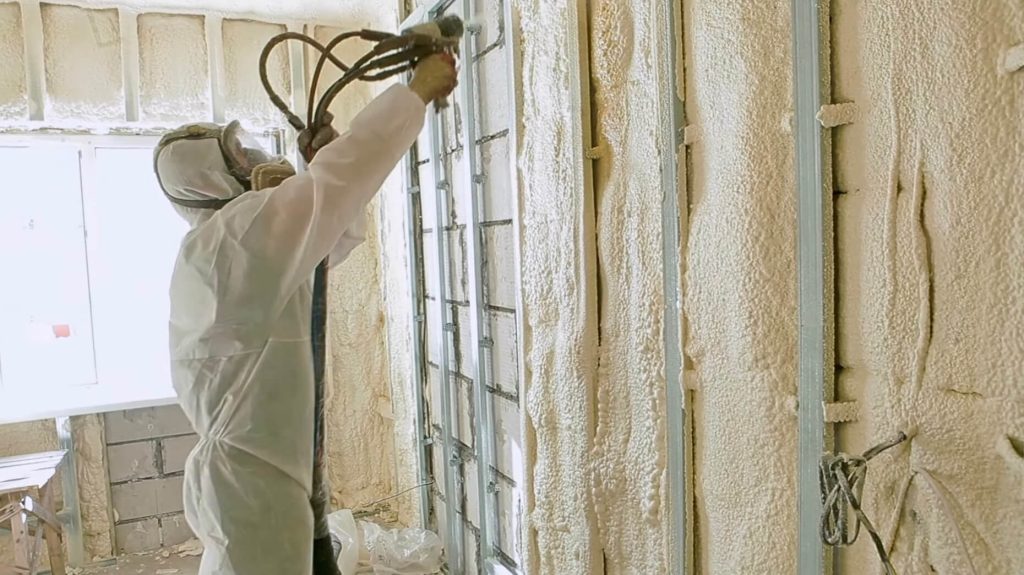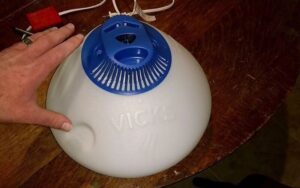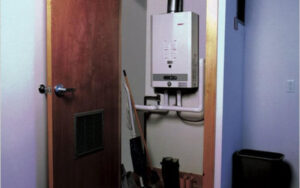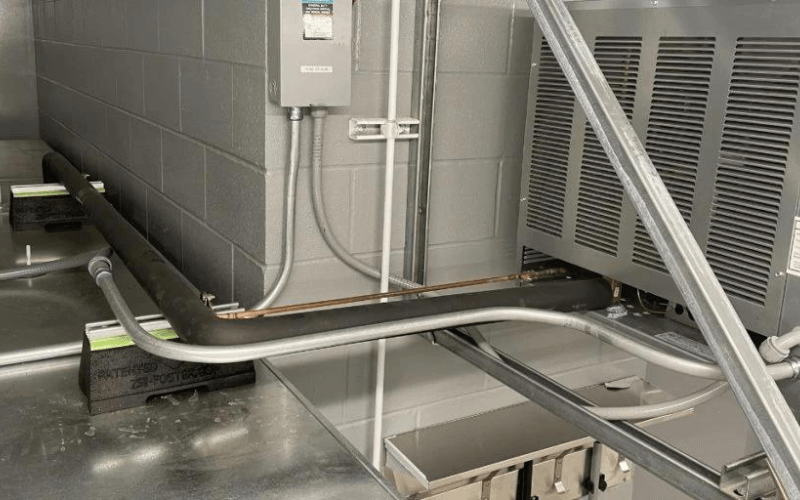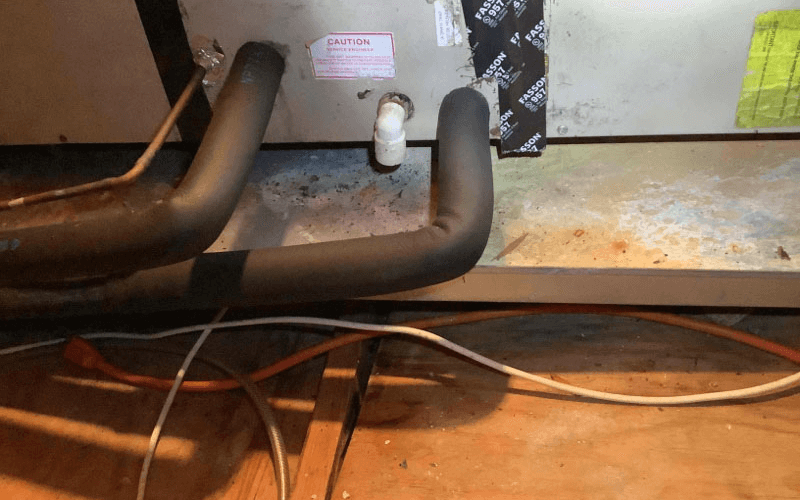Your home should be soundproofed if you live in a big city or a noisy area. Numerous soundproofing options block outside noise and make your home feel more like home. However, the abundance of options can make it challenging to select the best product. So, which type of insulation is the best for soundproofing? Thankfully, we have the answer to your question.
The material used in insulation is the core of soundproofing. Sound insulation is usually confused with sound absorption. Sound absorption is a critical soundproofing component. You can add suitable insulation and absorption layers to new or existing walls, but the materials determine effective sound insulation.
Table of Contents
Toggle
The best Soundproofing Insulation Material
- Mineral wool
- Fiberglass
- Blown-in Cellulose
- Spray foam insulation
- Foamboard
These are the best soundproofing insulation options available. These soundproof insulations reduce the outside noise and the Noise From The HVAC System of the house. Out of these insulations, fiberglass and cellulose insulations have the highest R and STC values. These products are also thermal insulating, so you won’t need to install additional thermal insulation. Let’s look at these soundproof insulating materials in detail to see why they’re the best.
Also check: Best Insulation for Ceiling Under Roof
Different Insulation Types
Mineral Wool
Mineral wool is a spun fiber composed of molten igneous rock and slag. It does not burn and does not absorb water. It’s a dense, porous material that slows heat and cold transfer through walls, floors, and ceilings. It can also absorb both airborne and footfall noise and vibration. Mineral wool can also be blown-in, so it can be applied easily and quickly.
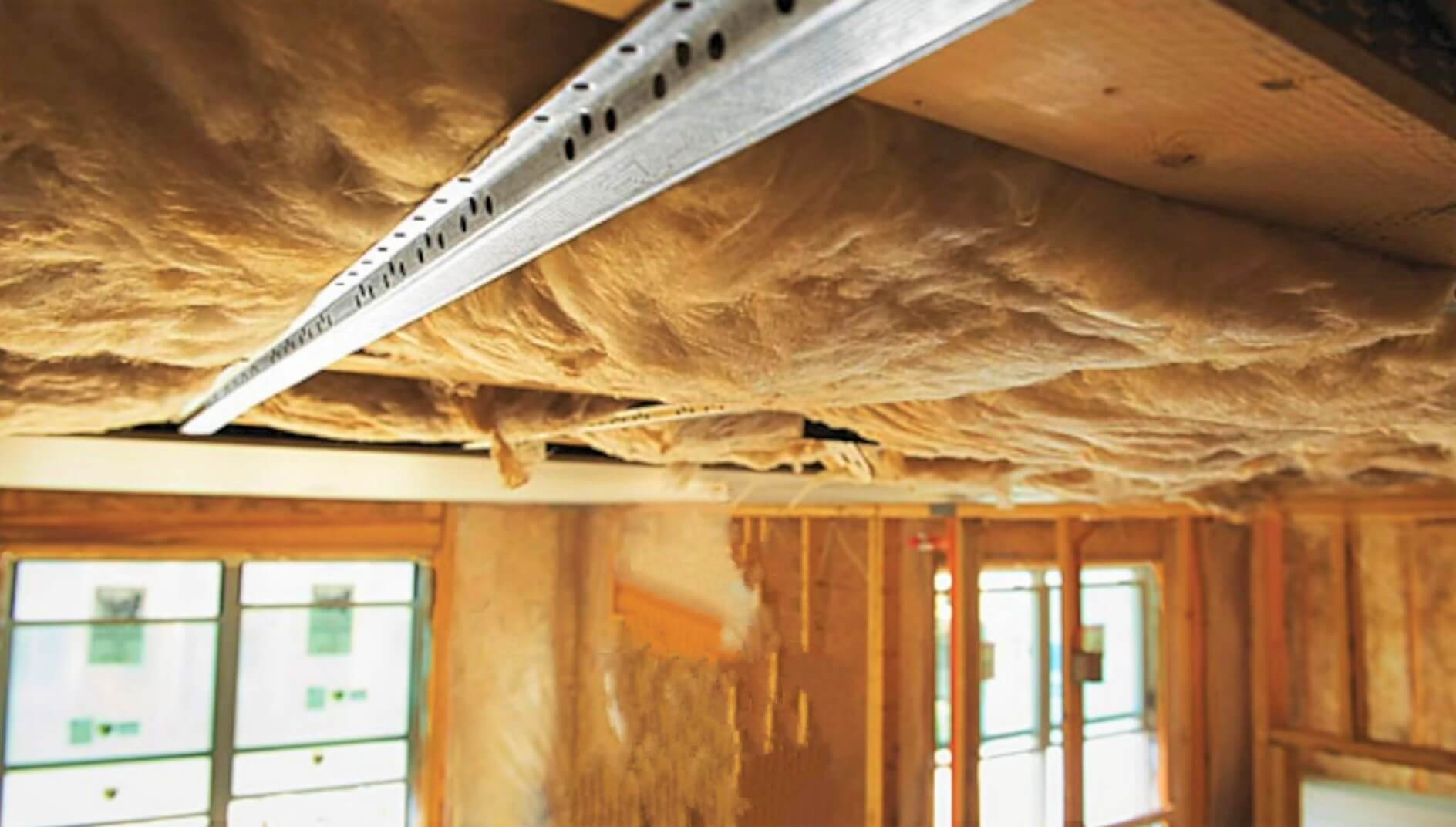
Fiberglass
Fiberglass is created by spinning molten plastic into wool and reinforcing it with tiny fiberglass fibers. It is a porous material that traps air and assists in keeping a room warm or cool, depending on the season. It absorbs airborne sound in the same way that mineral wool does.
Blown-In Cellulose
Blown-in cellulose insulation comprises 75-85 percent recycled paper fiber and 15-25 percent flame-retardant material. The looser the fibers, the more sound they can absorb. It is much easier and less expensive to add to the party wall after being built than other materials.
Insulation with spray foam
Spray Foam Insulation is a polyurethane foam spray that acts as a thermal barrier while limiting air movement. It is excellent for allowing cold and heat to enter and exit, but not as a silencer. However, soundproof spray foam can be used on post-construction walls and can be a Soundproof Material.

Foamboards
Extruded polystyrene is used to make blue or pink rigid foam boards. In addition, Styrofoam foam sheets are non-insulating, brittle, and fragile.
Extruded polyisocyanurate sheets provide better insulation than pink and blue forms; they are expensive.
Polystyrene panels help reduce sound transmission and sound entering and exiting the room by separating the layers.
Considerations When Selecting Insulation
STC (Sound Transmission Class)
STC (Sound Transmission Class) compares how much noise is reduced by windows, doors, floors, walls, and ceilings. The decibel (dB) reduction occurs when sound passes through a material or wall is absorbed or blocked.
STCs were first used in 1961 to measure sound attenuation or transmission loss (TL) at 16 standard frequencies ranging from 125 Hz to 4,000 Hz that pass through a house’s walls and barriers. The results are graphed and formed into a curve.
The curve is compared to a standard set of STC reference curves. The score is the reference curve that is closest to the curve. The higher the STC rating, the more noise transfer the wall or material will block or reduce at the tested frequency.
Coefficient of Noise Reduction (NRC)
Higher STCs provide a solid barrier to internal or external noise. However, they may necessitate better sound absorbers to reduce echoes generated at home. As a result, NRC is any material’s ability to absorb noise while minimizing noise reflection and amplification.
For typically painted walls, the NRC value is 0.05. The wall can only absorb 5% of the noise and reflect 95%.
Insulation R-Value
R stands for heat and sound wave resistance. In other words, the greater the R-value, the less heat and sound passes through the walls, floors, and ceilings. It retains internal and external heat while transferring less heat.
STCs to Consider for Your Home
STC40 is an excellent rating for the quiet house. The International Building Code (IBC) recommends a minimum STC50 rating for walls, ceilings, and floors. It is advisable to raise it to STC55 or STC60.
We recommend STC 52 for bedrooms and STC 56 for residential areas’ for bathrooms, living rooms, and kitchens. STC33 rating for 2×4 walls with 12″ drywall on both sides and no insulation.
Does insulation provide soundproofing?
Insulation does provide sound insulation. It is one of the primary reasons for the popularity of fiberglass and loose cellulose insulation. This blown insulation keeps heat in, lowers energy costs, and makes the house soundproof.
Also check: Is It Possible to Blow-in Mineral Wool Insulation?
Last Thoughts
Finding the right soundproofing can be difficult, dealing with a noisy neighbor or keeping noise from the room for band rehearsHowever, you can even narrow down your options with some research. We hope you find the information above helpful.

